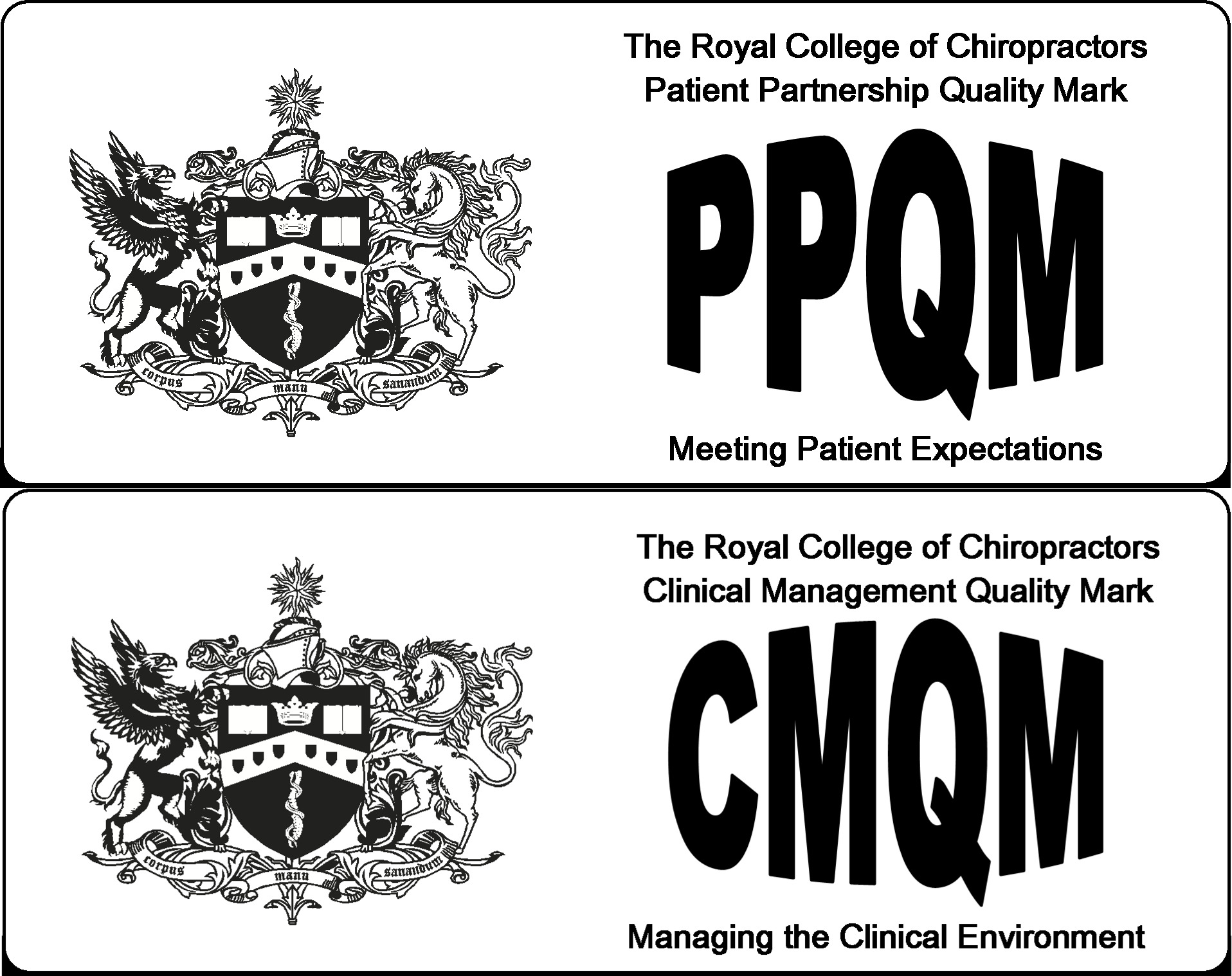Posture and Chiropractic
Posture refers to the carriage of the body as we sit, stand, walk, kneel or squat. It is determined by the structure of the body which may be influenced by genetic and emotional factors. Our modern lifestyles, combined with forces of gravity, can ruin a healthy upright posture!
Slouching often begins in childhood, sitting in front of the television and at school desks, continuing into adulthood when we sit in front of computers and laptops. As we become older, osteoporosis (the thinning of the bones) and osteoarthritis (wear and tear) often result in or contribute to poor posture.
Sitting down continuously for one hour or more combined with inactivity can aggravate poor posture, making pain a likely consequence.
What is correct posture?
Good posture is characterised by an upright stance with shoulders down and back and arms hanging loosely by the sides. One of the most common poor postures is ‘upper crossed syndrome’ as shown below. The shoulders are rolled forward and upwards, and the chin juts forward, accentuating the normal curve of the upper back (thoracic kyphosis) and reverse curve of the neck (cervical lordosis).
If this poor slumped posture is not addressed, the normal length of the postural muscles changes and they become unbalanced and weak, potentially causing problems that can affect the joints of the spine and shoulders.
Adopting the military posture with your shoulders pulled back and your back straight can help to keep the muscles balanced and reduce posture-induced problems.
Good posture at your workstation
When you work at a desk or computer, it is important to adapt your surroundings to encourage a healthy posture. Reading or writing may cause neck and shoulder strain.
A writing wedge or book support can prevent this strain. The keyboard and monitor should be directly in front of you so that you are not rotating your neck or low back, with the monitor at eye level. When typing, your fingers should rest on the keyboard with your wrists straight, elbows bent at 90 degrees and shoulders relaxed as shown below. Always take a break after 30-40 minutes of intense work, and change your activity completely. Your Chiropractor can help you adopt and maintain a healthy posture.
To prevent some of the pain from a poor posture while undertaking desk work, perform the following simple exercise regularly: For 20-30 seconds each time, gently roll your shoulders back and down (by squeezing shoulder blades together), rotate your hands outward and tuck in your chin. Combining this exercise with the military positioning will help maintain a healthy posture.
It is a common misconception that Chiropractors only treat back and neck conditions. Here are some conditions that Chiropractors encounter and help with every day
Osteoporosis
Osteoporosis is a disease in which bones become fragile and more likely to fracture due to a loss of calcium and other mineral components. This condition is often called the “silent disease” because bone loss may occur without symptoms. Chiropractic care aids osteoporotic patients in the management of their condition and the restoration of biomechanical function through low-grade mobilisation techniques and advice.
Nutrition
Diet is one of the most important contributions to our health. Nutritional deficiencies are linked to many of today’s chronic diseases such as diabetes, heart disease, arthritis and even cancer. Your Chiropractor can provide nutritional advice.
Pregnancy and back pain
If you experience back pain during your pregnancy, you share the problem with almost half of all pregnant women. Your Chiropractor back pain may be able to offer relief.
Headaches & Migraines
More than 10% of the UK’s population suffers from headaches. They are the most frequent reason people seek healthcare advice. There are over 20 varieties of headache, but the most commonly treated are migraine, tension, and cluster.
[/vc_column_text][/vc_column][/vc_row]
Experience the Benefits of Chiropractic Care Today




